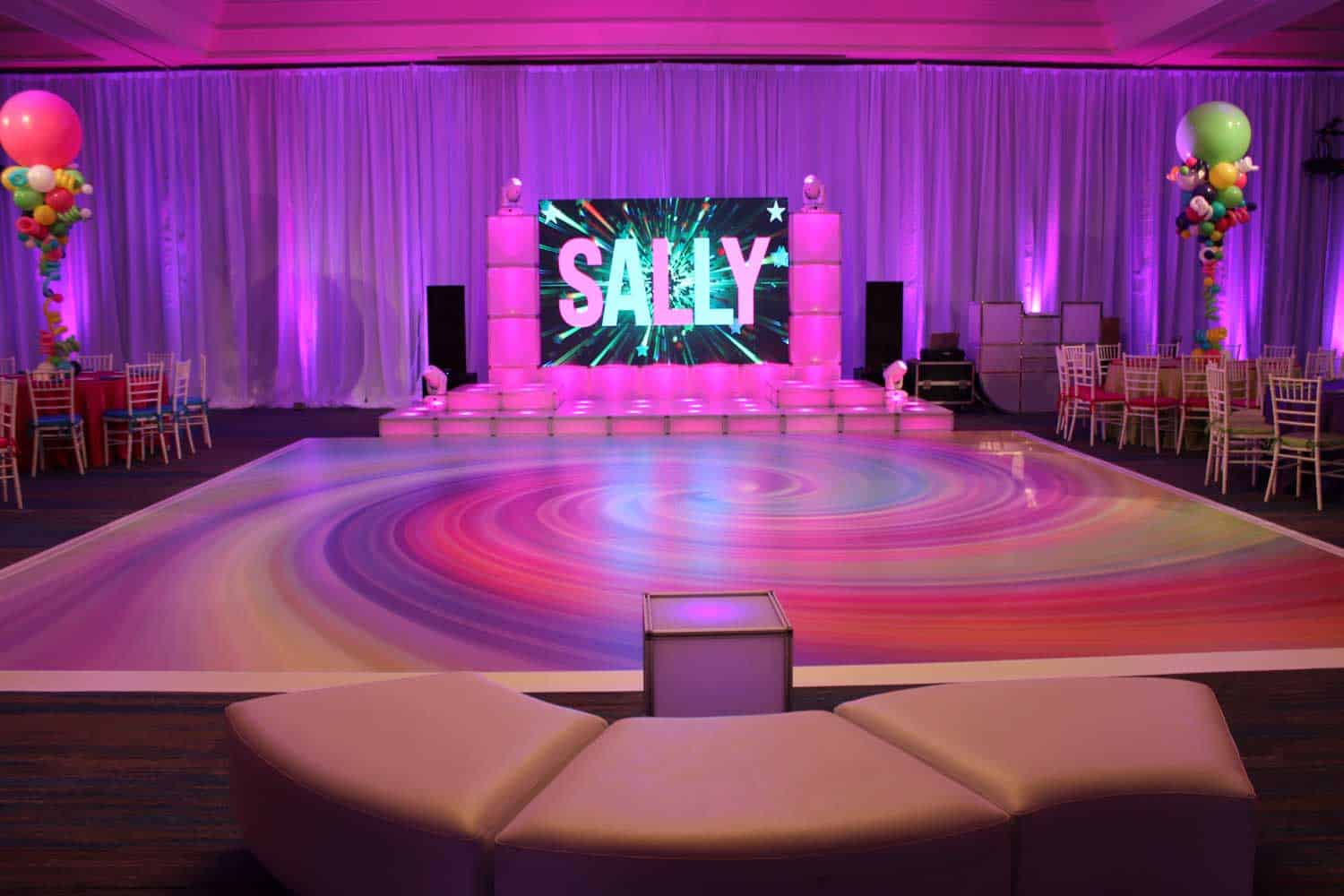Investigating the Crucial Factors That Influence Hue Consistency in Light Emitting Diode Wall Panels for Ideal Visual Performance
Hue consistency in light-emitting diode wall screens is essential for achieving maximum optical output. LED wall screens are widely used in various environments, including musical events, meetings, and advertising displays. When the colors on these screens are consistent, they create a more engaging and enveloping encounter for audiences. Several key factors affect color consistency, including the caliber of the light-emitting diode elements, tuning processes, and surrounding conditions.The quality of the LED components plays a significant role in color consistency. Different types of light-emitting diodes produce light at different frequencies, which can influence the overall color output. High-quality light-emitting diodes are designed to generate a more uniform light range, leading in improved hue precision. Additionally, the production process of these LEDs can impact their functionality. Screens made with high-grade materials and technology tend to have less hue variations, ensuring that the shown pictures and footage look lively and true to life.

Tuning is another essential element in maintaining color uniformity in light-emitting diode wall panels. Tuning entails adjusting the configurations of the screen to make certain that the colors shown align the intended design. This procedure can consist of fine-tuning brightness, differentiation, and color balance. Frequent tuning is necessary, especially in settings where lighting conditions vary often. By calibrating the panels, specialists can fix any discrepancies in color result, resulting to a more uniform viewing encounter.
Environmental factors also influence color consistency in light-emitting diode wall screens. Elements such as ambient light, temperature, and moisture can affect how hues are perceived. For instance, intense ambient light can wash out hues, making them appear less lively. Similarly, harsh heat can affect the performance of the light-emitting diodes, resulting to hue shifts. To mitigate these issues, it is essential to install light-emitting Continue Reading diode wall screens in managed environments where lighting and temperature can be controlled efficiently.
Lastly, the design and layout of the LED wall screens can affect color uniformity. The configuration of the screens, as well as the distance from which they are viewed, can create variations in color recognition. When screens are arranged too far apart or at different angles, viewers may detect inconsistencies in color. To achieve the best optical output, it is crucial to take into account the positioning and alignment of the screens during setup. By tackling these elements, users can ensure that their light-emitting diode wall screens provide a uniform and high-quality visual experience.